Eduard 7464 Bf 110E Weekend edition 1/72
Polecamy
66,45
PLN*
* z podatkiem VAT
Eduard 70112 Fw 190A-8/ R2 1/72
55,85
PLN*
* z podatkiem VAT
Eduard 7079 F6F-5N Nightfighter (1:72)
73,76
PLN*
* z podatkiem VAT
Eduard 7077 F6F-5 (1:72)
62,99
PLN*
* z podatkiem VAT
Klienci, którzy kupili ten produkt wybrali również...
Tamiya 35286 Sd.Kfz.222 Leichter Panzerspahwagen 4x4 Afrika Korps (1:35)
147,79
PLN*
* z podatkiem VAT
Italeri 1247 UH-1D SLICK (1:72)
54,14
PLN*
* z podatkiem VAT
Hobby Boss 80366 F-14A Tomcat (1:48)
166,81
PLN*
* z podatkiem VAT
Eduard 632001 F-4C/ D/E/ F/G seat 1/32 (Tamiya)
82,28
PLN*
* z podatkiem VAT
Eduard 672054 AGM-88 HARM 1/72
44,46
PLN*
* z podatkiem VAT
Eduard CX407 Bf 110C EDUARD 1/72
28,36
PLN*
* z podatkiem VAT
AK Interactive RCS065 MARINEFLIEGER NORM 76 AND 87 SCHEMES SET 4x10ml
47,11
PLN*
* z podatkiem VAT
Kinetic K48077 F-104G ROCAF Starfighter 1/48
203,98
PLN*
* z podatkiem VAT











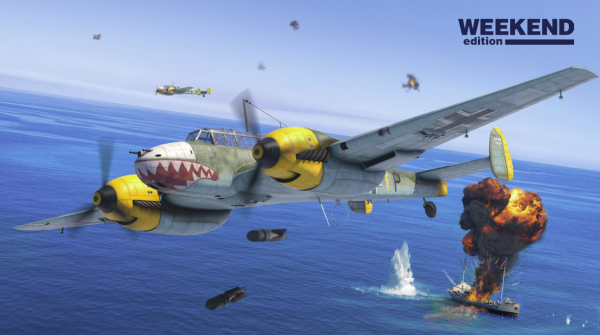
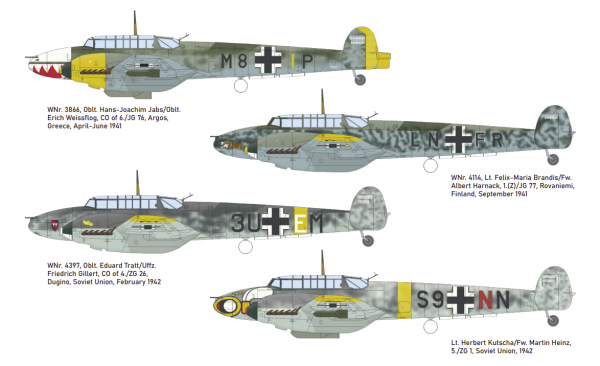
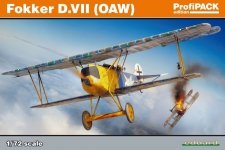
 3 szt.
3 szt.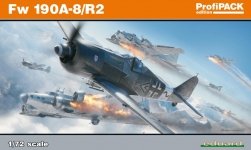
 1 szt.
1 szt.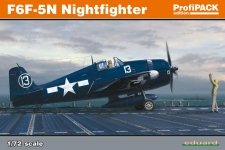
 5 szt.
5 szt.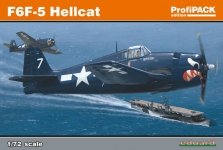
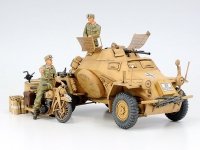
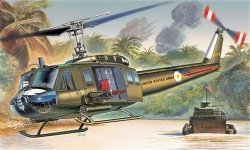
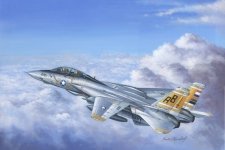
 2 szt.
2 szt.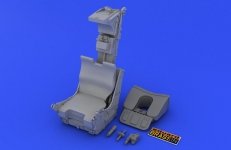
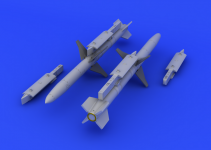

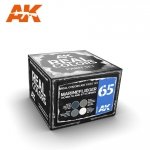
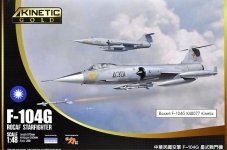
 4 szt.
4 szt.